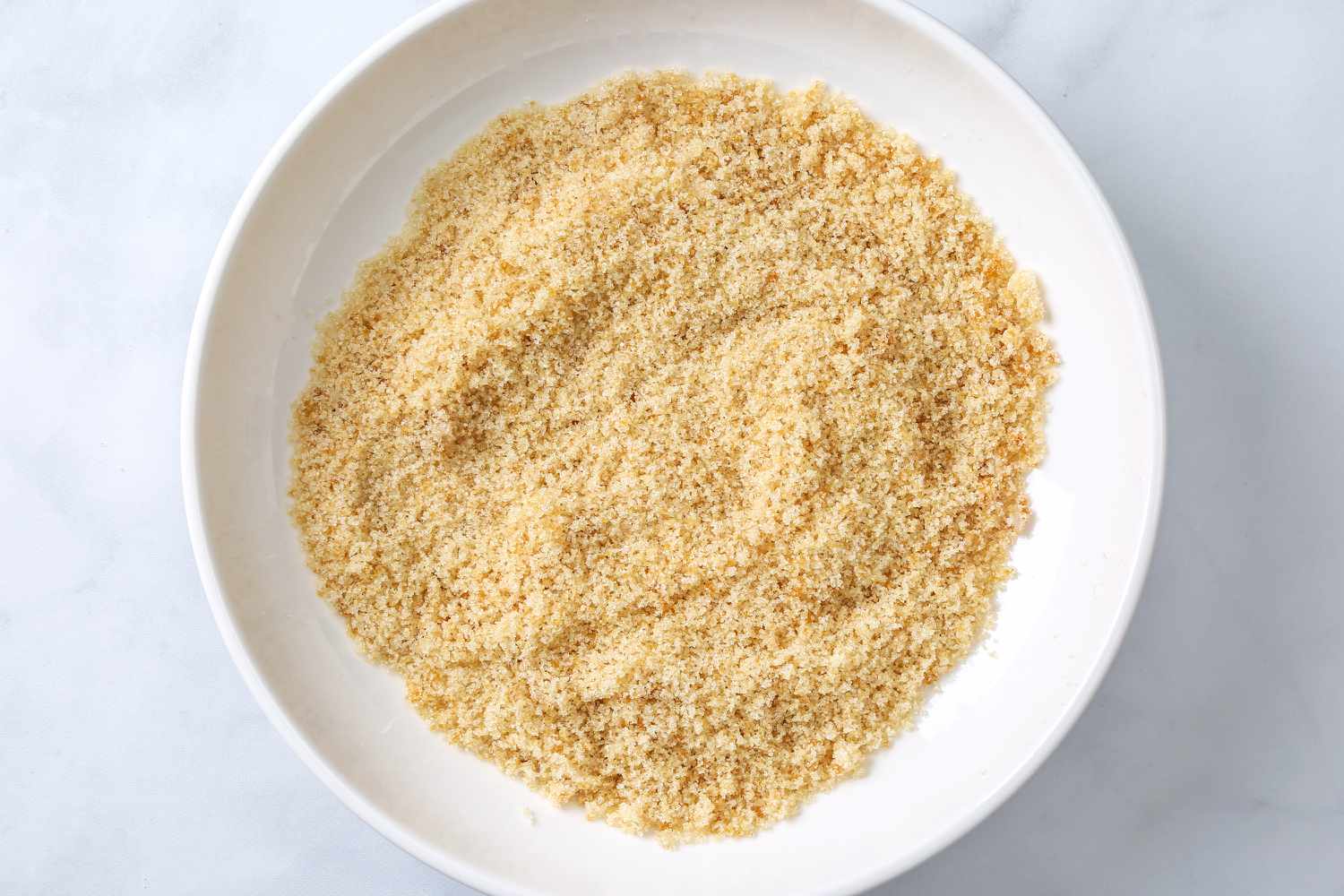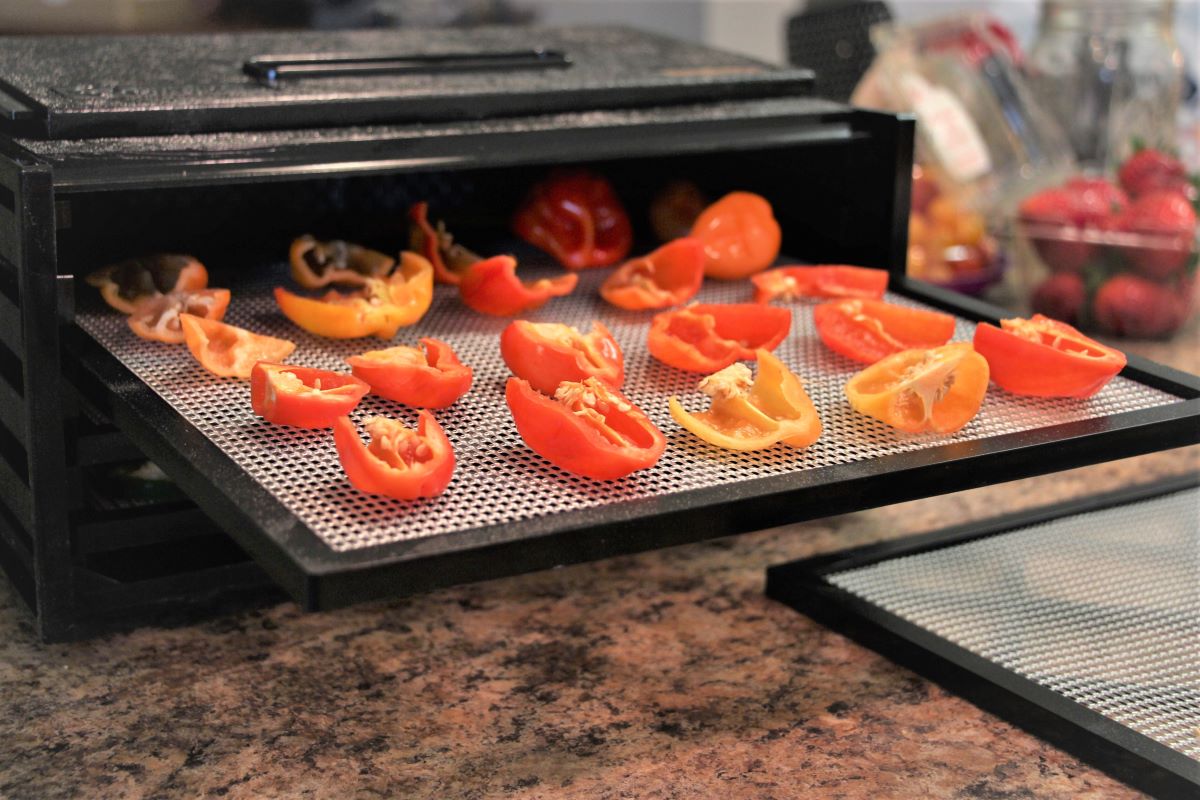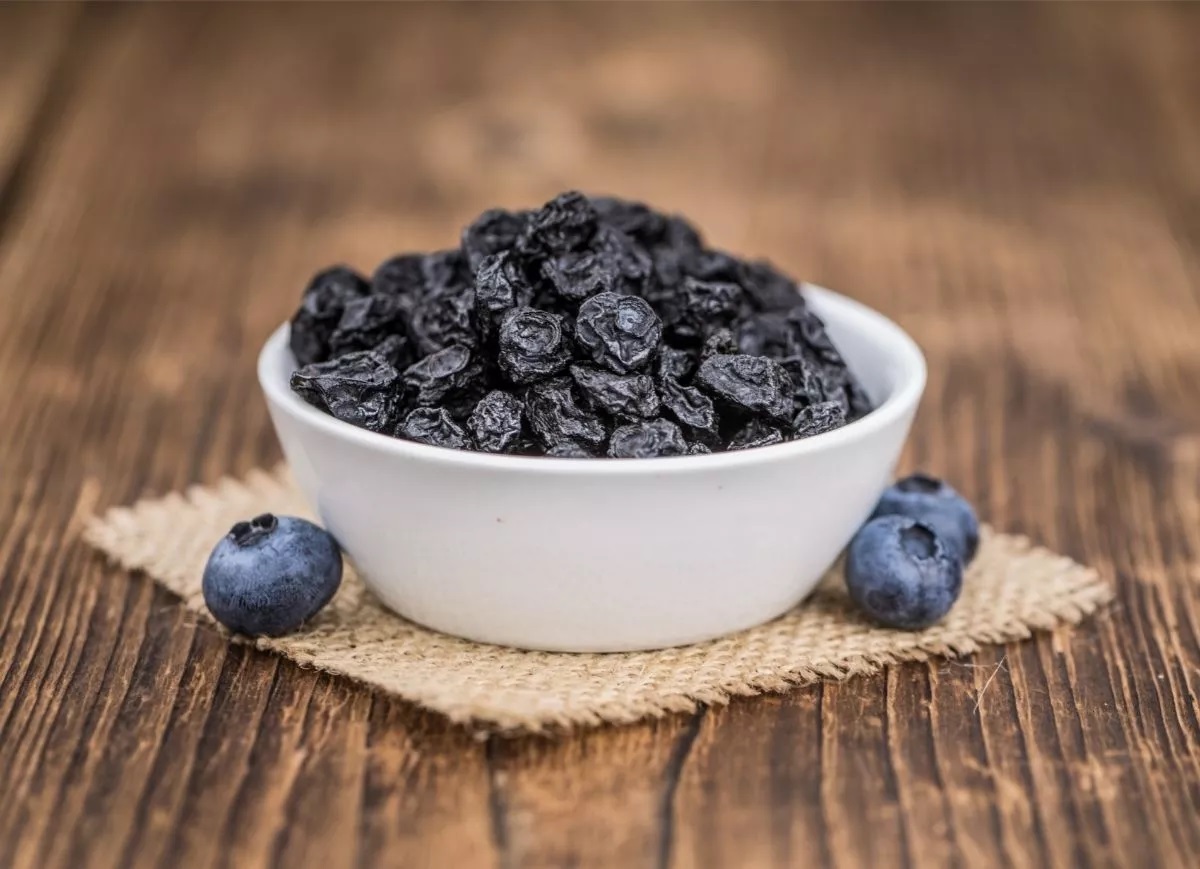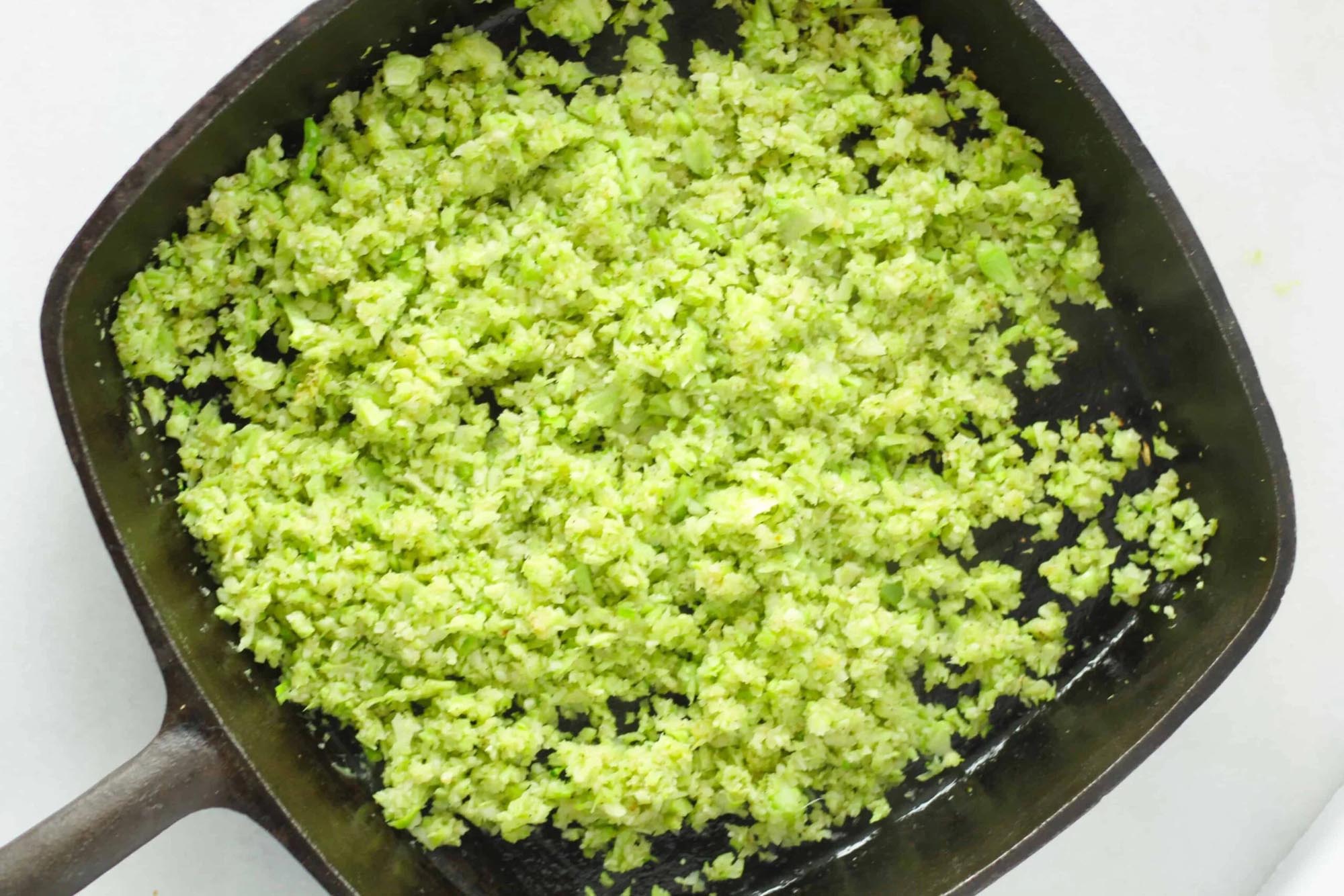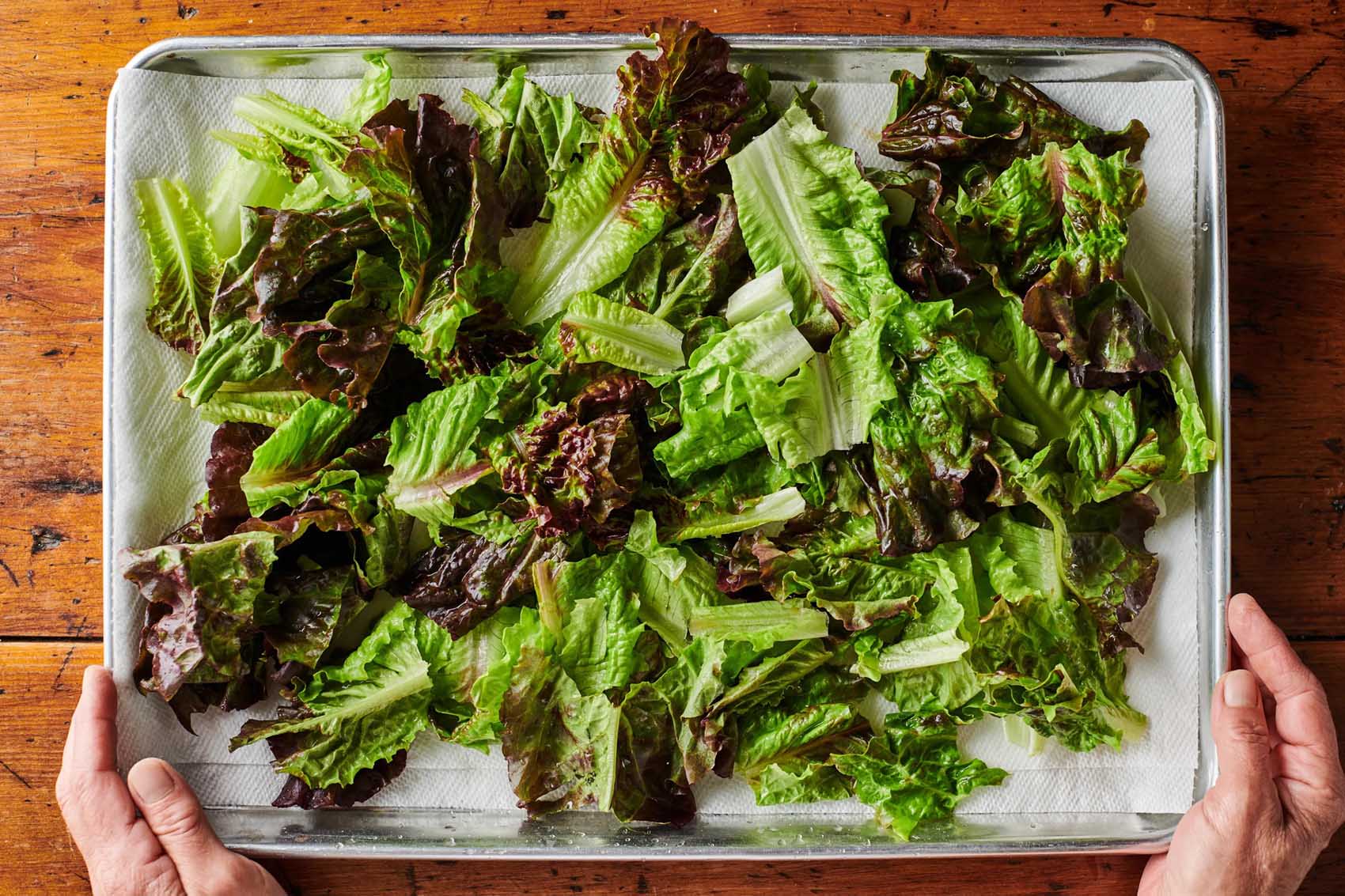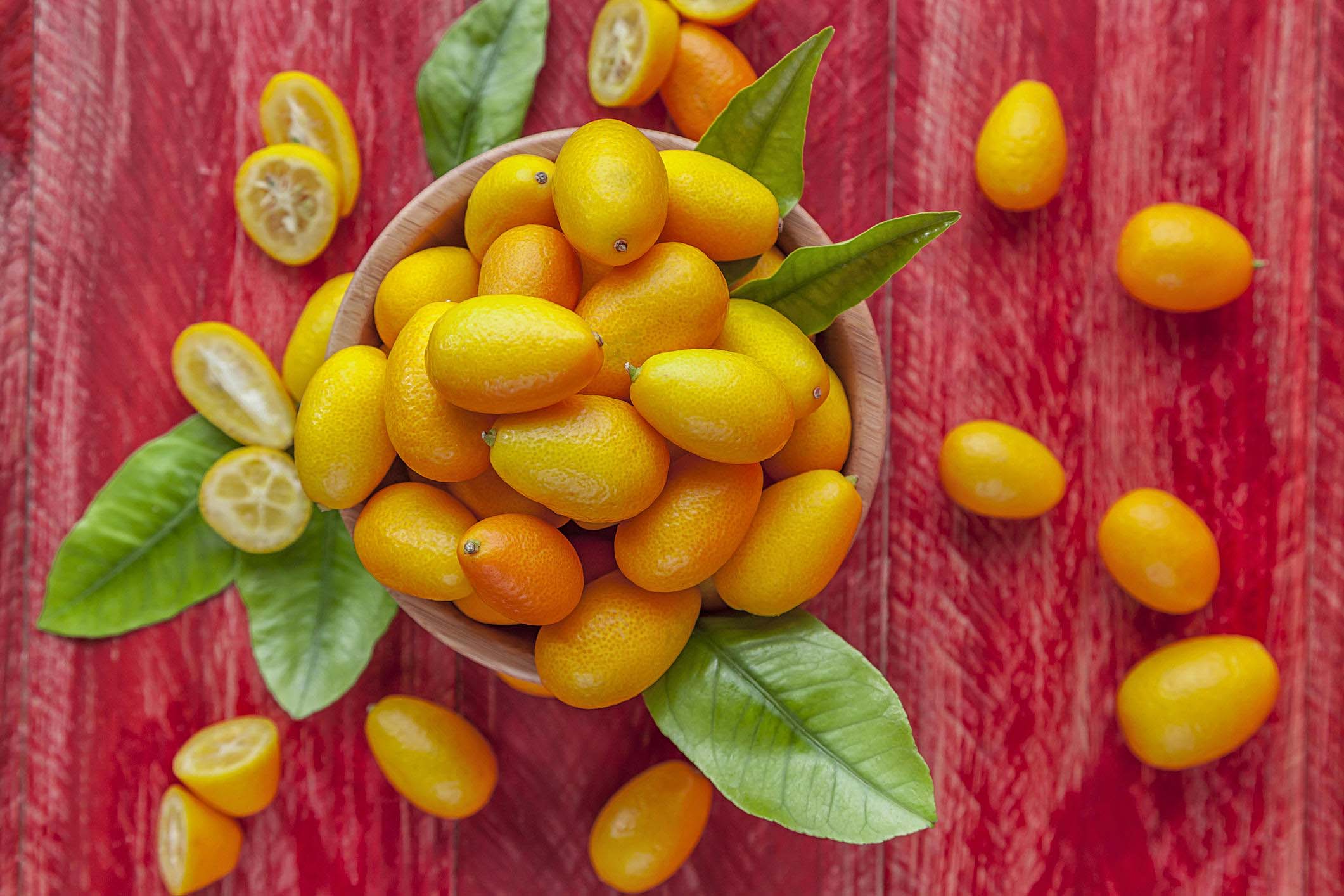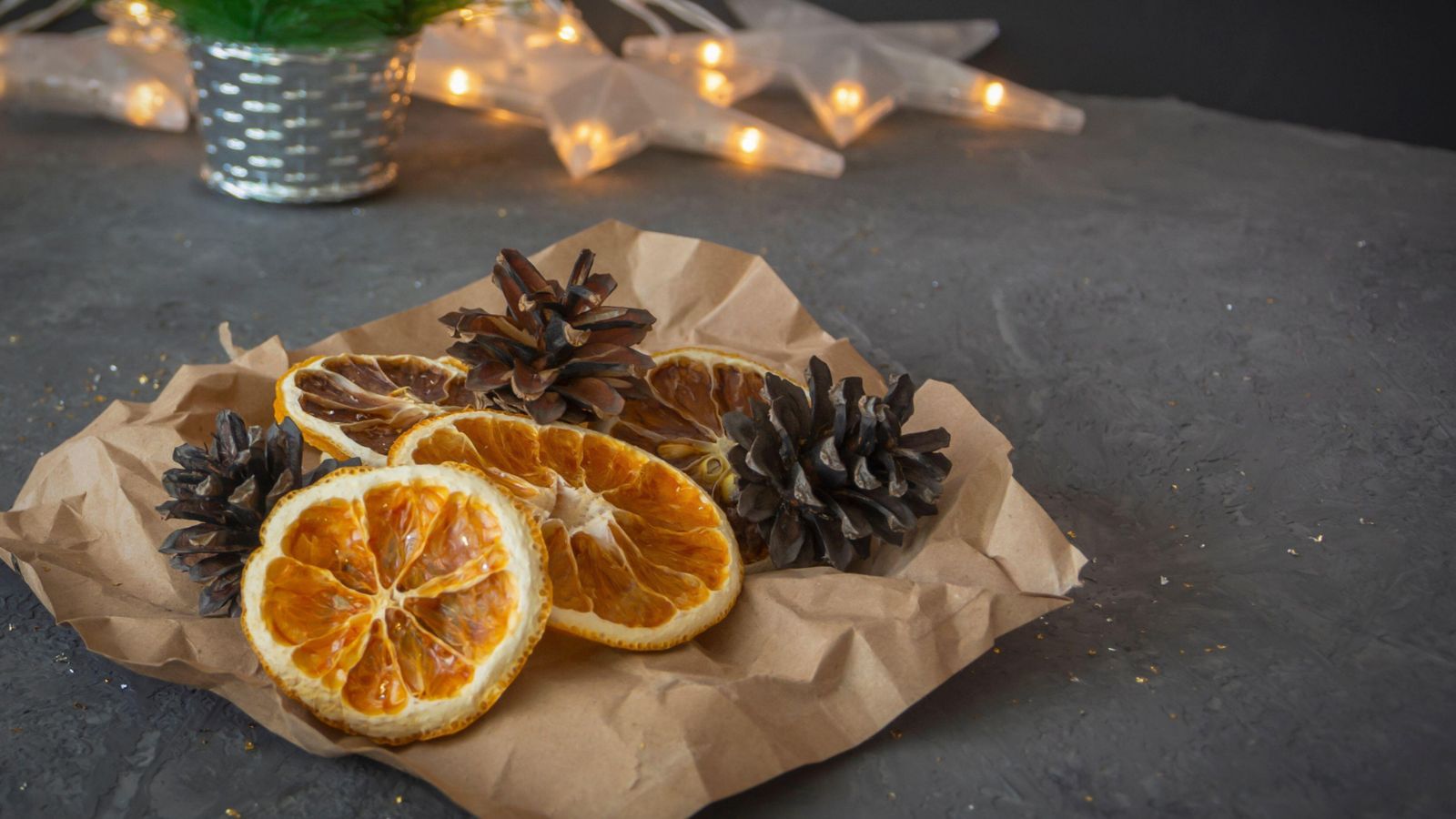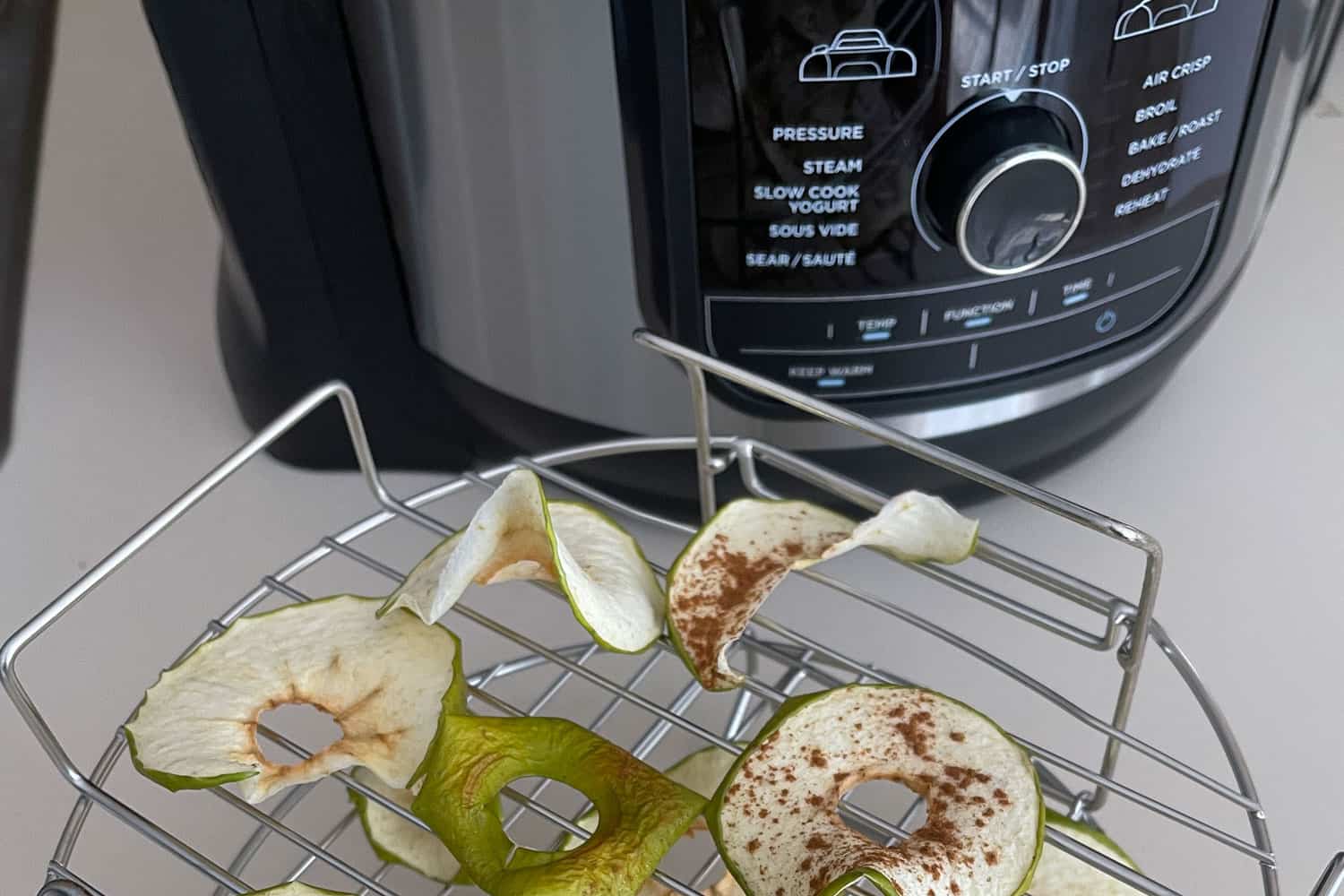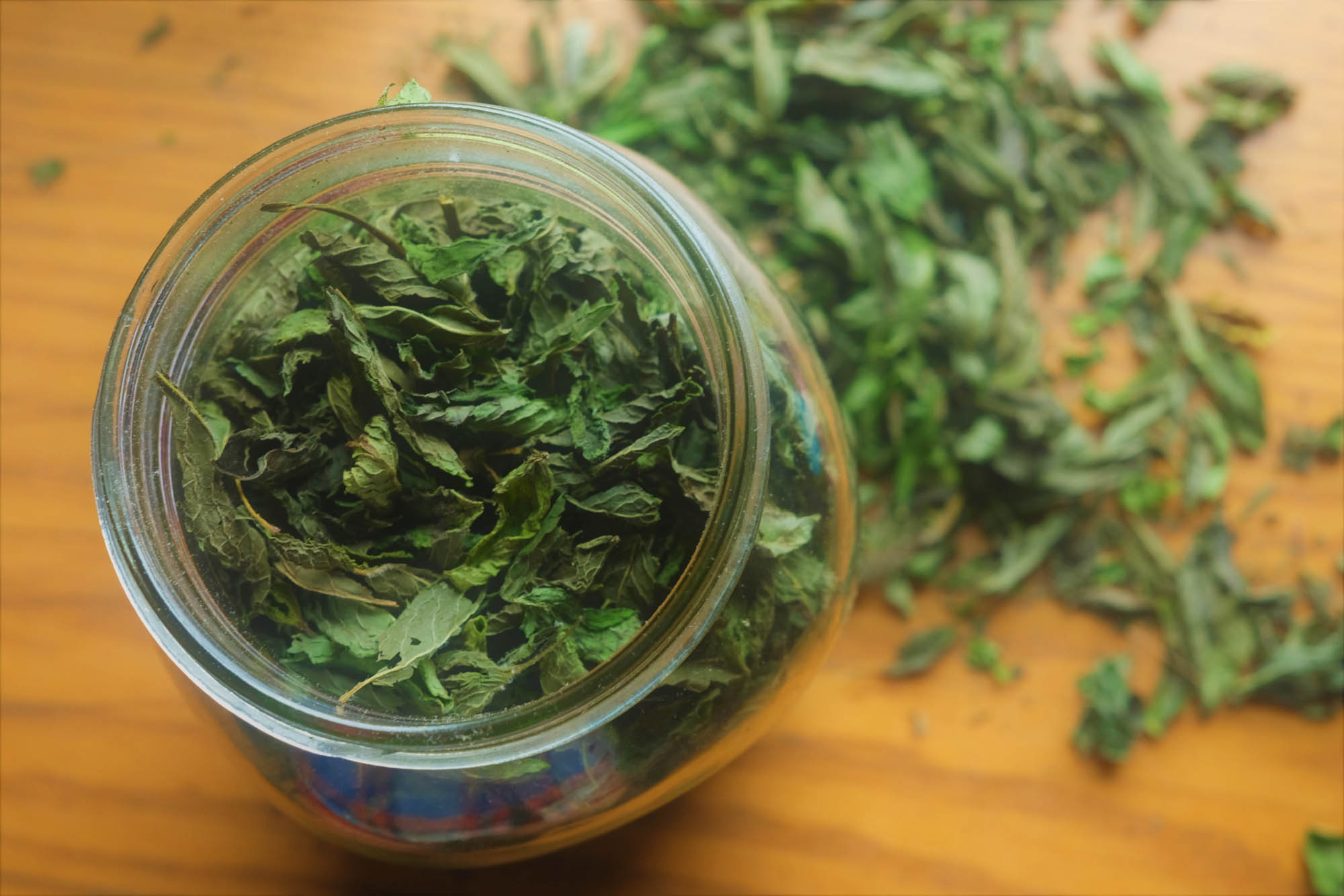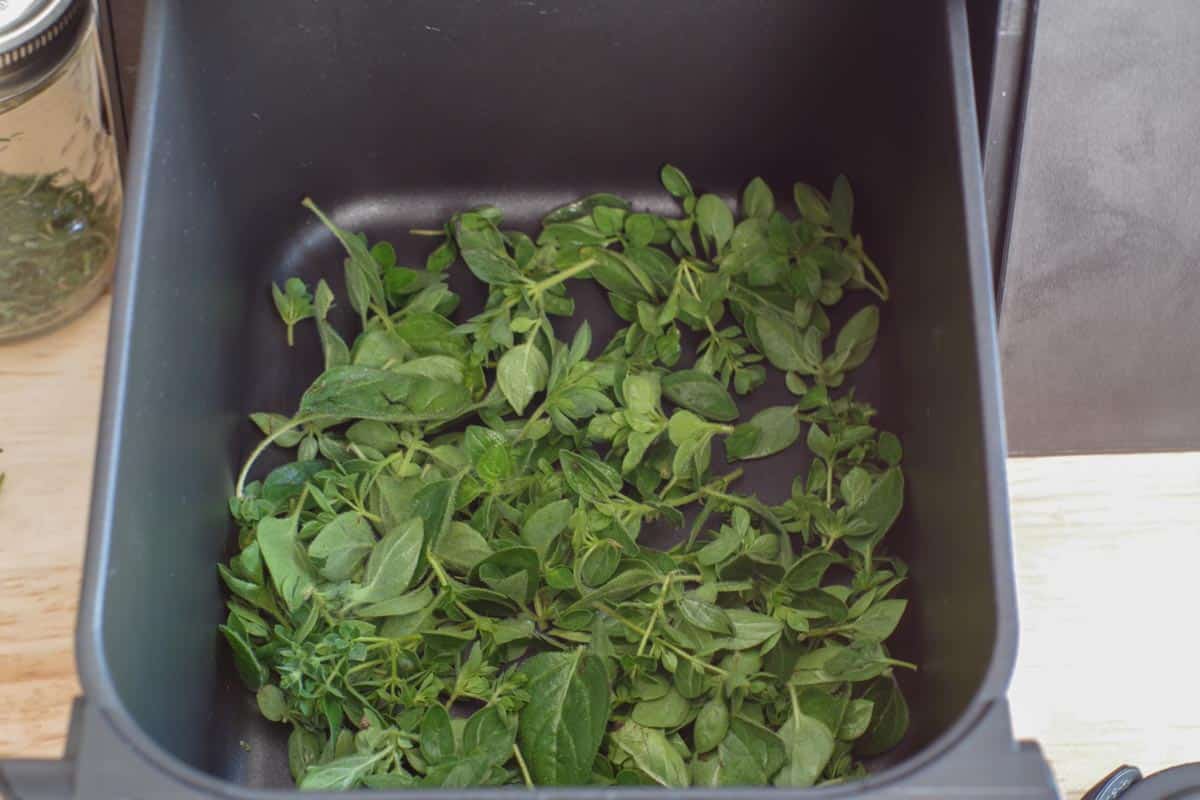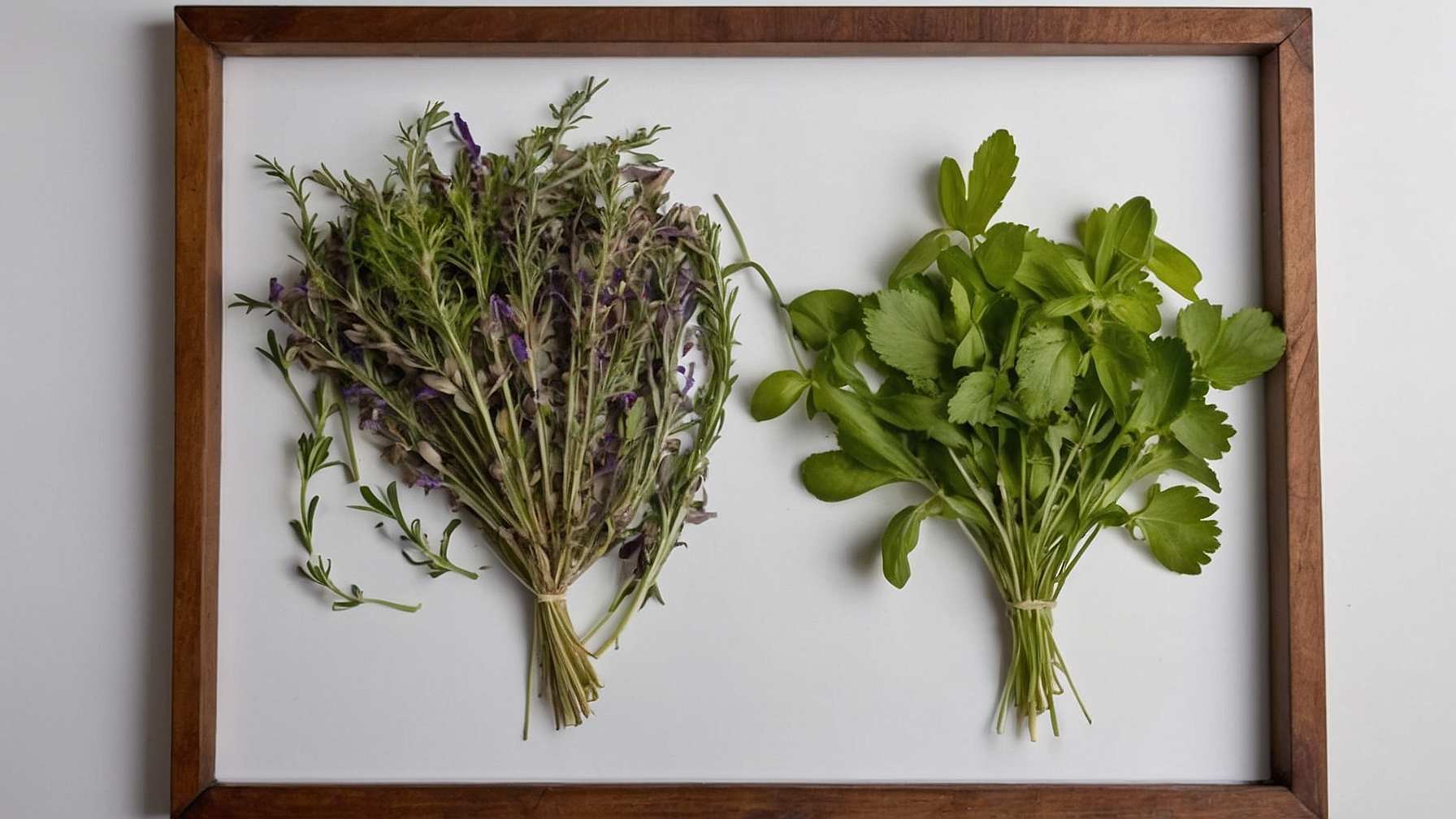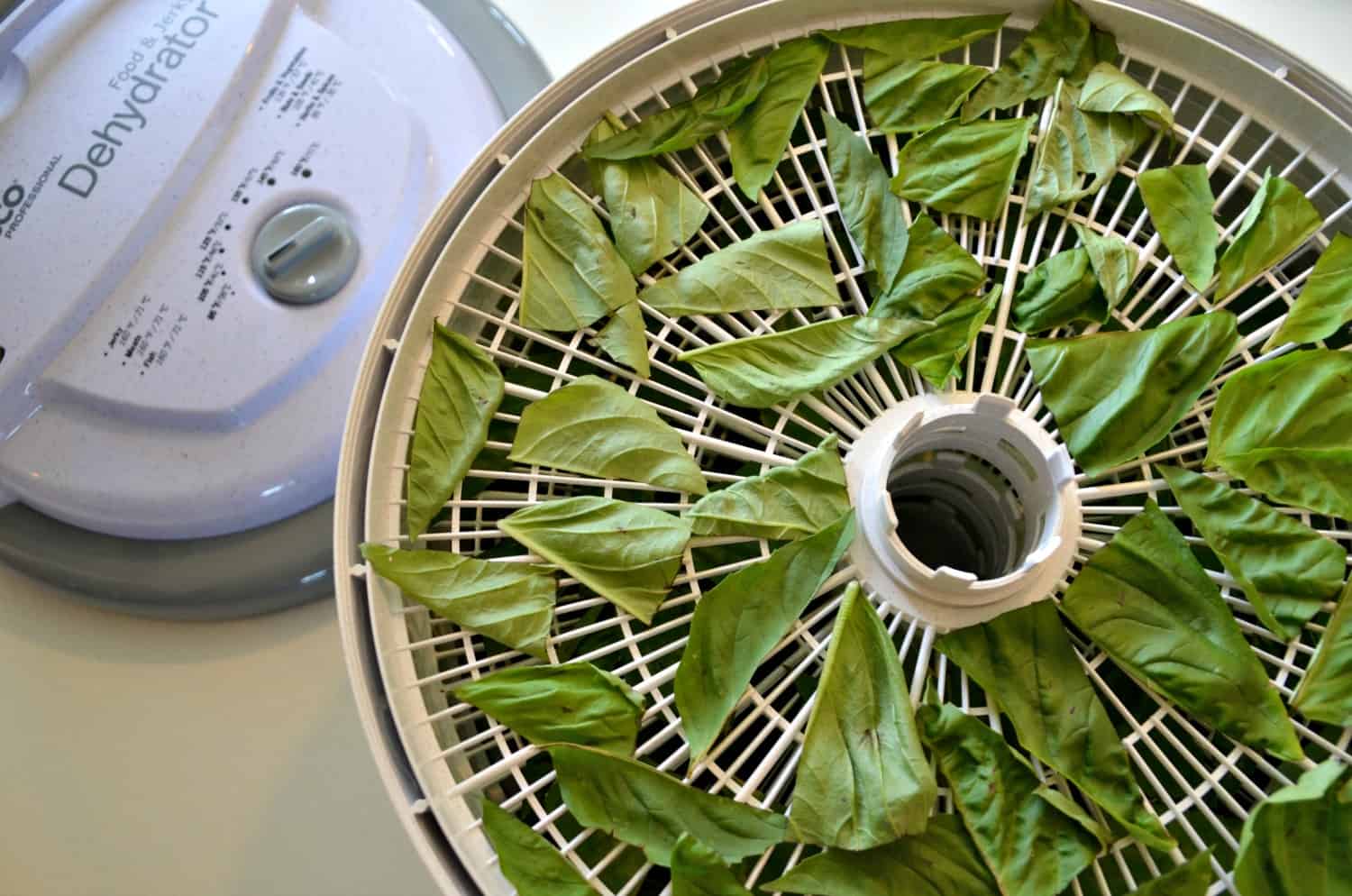How to Make Delicious and Healthy Fruit Leather at Home
Do you love snacking on fruit leather but want to avoid the added sugars and preservatives found in store-bought options? Making your own fruit leather at home is easier than you might think. Not only is it a fun and creative way to enjoy your favorite fruits, but it also allows you to control the ingredients and make a healthier snack for you and your family.
Choose Your Fruits
The first step in making fruit leather is selecting the fruits you want to use. Some popular choices include strawberries, apples, peaches, and mangoes, but feel free to get creative and experiment with different combinations. Make sure to use ripe, fresh fruit for the best flavor and texture.
Prepare the Fruit
Once you’ve chosen your fruits, wash them thoroughly and remove any pits, stems, or seeds. Then, chop the fruit into small pieces, discarding any bruised or overripe sections. For a smoother texture, you can also puree the fruit in a blender or food processor until it reaches a smooth consistency.
Add Sweeteners and Flavorings (Optional)
If you prefer a sweeter fruit leather, you can add a natural sweetener like honey or maple syrup to the pureed fruit. Additionally, you can enhance the flavor by incorporating spices such as cinnamon or vanilla extract. Remember that the sweetness of the fruit will intensify as it dehydrates, so it’s best to start with a modest amount of sweetener.
Spread the Puree
Next, line a baking sheet with parchment paper and evenly spread the fruit puree onto the surface using a spatula. Aim for a consistent thickness of around 1/8 inch to ensure even drying. If you prefer a thinner or thicker fruit leather, adjust the thickness accordingly.
Dehydrate the Fruit
Now it’s time to dehydrate the fruit puree. Place the baking sheet in a food dehydrator or a conventional oven set to the lowest temperature. Let the fruit leather dry for 6 to 8 hours, or until it is no longer sticky to the touch. Keep an eye on it as it dries to prevent over-drying, which can make the fruit leather brittle.
Cut and Store
Once the fruit leather is fully dried, remove it from the dehydrator or oven and let it cool to room temperature. Then, carefully peel it off the parchment paper and place it on a cutting board. Use a sharp knife or kitchen shears to cut the fruit leather into strips or fun shapes. Roll each piece in wax paper or plastic wrap to prevent sticking, and store them in an airtight container at room temperature for up to a month.
Enjoy Your Homemade Fruit Leather
Now that you’ve mastered the art of making fruit leather at home, you can enjoy a delicious and nutritious snack anytime. Whether you pack it in your lunchbox, take it on a hike, or simply enjoy it as a guilt-free treat, your homemade fruit leather is sure to be a hit. Get creative with different fruit combinations and share your tasty creations with friends and family!
With just a few simple steps, you can create a wholesome snack that’s free from artificial additives and bursting with natural fruit flavors. So, why not try making your own fruit leather today? It’s a rewarding and flavorful way to indulge in the goodness of nature’s candy.
For those looking to master the art of making fruit leather, there are plenty of recipes to try out. One standout is the Strawberry-Banana Fruit Leather, a classic combination that's always a hit. Another must-try is the Mango-Peach Fruit Leather, which offers a tropical twist that's both sweet and tangy. If you want something with a bit of a zing, the Blueberry-Lemon Fruit Leather is a perfect choice, balancing the tartness of lemon with the sweetness of blueberries. For a more exotic flavor, the Plum-Lavender Fruit Leather provides a unique blend of fruity and floral notes. Last but not least, the Cherry-Almond Fruit Leather offers a rich, nutty undertone that complements the sweet cherries beautifully. These recipes not only utilize the skills outlined in the guide but also offer a diverse range of flavors to keep your taste buds excited.
Was this page helpful?
Read Next: How To Dehydrate Mango In Air Fryer
